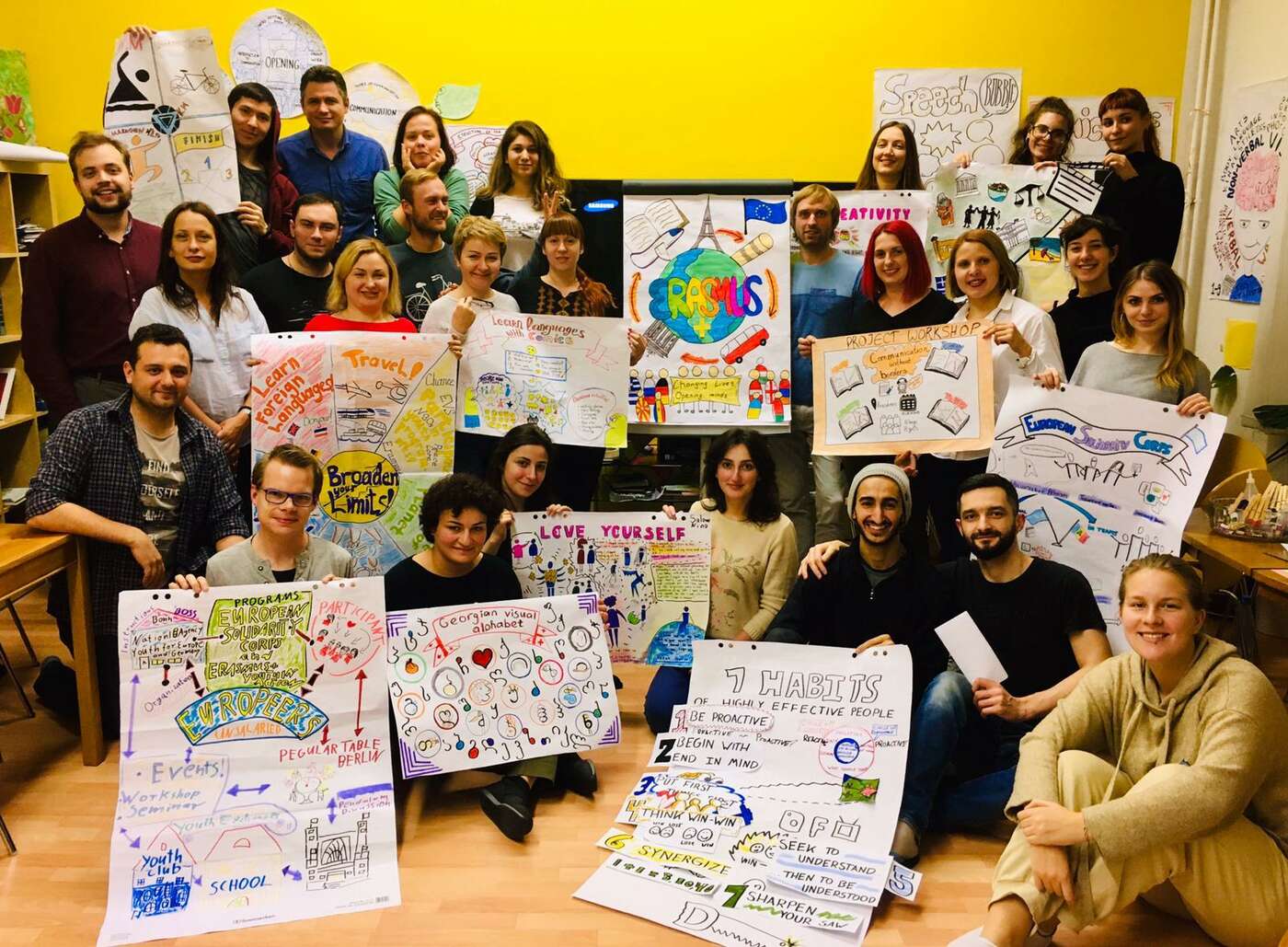
- FORMAL AND NON FORMAL EDUCATION UPDATE
- FORMAL AND NON FORMAL EDUCATION FULL
- FORMAL AND NON FORMAL EDUCATION PROFESSIONAL
- FORMAL AND NON FORMAL EDUCATION FREE
Non formal education is all organised education activities that are outside the formally established system.These are gained through daily experiences and from influences or resources in your surroundings, whether it’s from your family and friends or from the media. Informal education is the vital process whereby every individual acquires attitudes, values, skills and knowledge.
FORMAL AND NON FORMAL EDUCATION PROFESSIONAL
Moreover, it includes programmes or courses dedicated to technical and professional education. It starts in primary school and ends in university.
FORMAL AND NON FORMAL EDUCATION UPDATE
Update – January 2018 – This blog has had over 1.8 million views thanks to readers like you. Here’s a link for sharing: Formal, Non-formal and Informal Learning: What Are the Differences?

If you found this post helpful, please click “Like” below and share it with others.
FORMAL AND NON FORMAL EDUCATION FULL
There are links to the full reports here:įormal, Non-formal and Informal Learning in the Sciences įormal, non-formal and informal learning: The case of literacy and language learning in Canada įormal, Non-formal and Informal Learning (Infographic) įormal, non-formal and informal learning: The case of literacy and language learning in Canadaįormal, Non-formal and Informal Learning: A podcastīreathtaking Impact of Volunteers’ Contribution to Non-formal and Informal Literacy Education in Alberta
FORMAL AND NON FORMAL EDUCATION FREE
If you’re interested, the two reports (one I wrote and the other I co-authored), they have been archived in 3 countries are available free of charge. It isn’t always as cut and dry as it seems, but these definitions give you a general idea of each type of learning. There are times when the lines between each type of learning get blurred, as well. These may be overly simplified explanations. A father teaching his child to play catch or a babysitter teaching a child their ABC’s is an example of informal education.


The teacher is simply someone with more experience such as a parent, grandparent or a friend.

Informal learning – No formal curriculum and no credits earned. It is often considered more engaging, as the learner’s interest is a driving force behind their participation. Girl guides and boy scouts are an example for children. Continuing education courses are an example for adults. Though it doesn’t result in a formal degree or diploma, non-formal education is highly enriching and builds an individual’s skills and capacities. This type of education may be led by a qualified teacher or by a leader with more experience. Non-fo rmal learning – Organized (even if it is only loosely organized), may or may not be guided by a formal curriculum. Teachers are usually trained as professionals in some way. Here’s a simplified explanation:įormal education – Organized, guided by a formal curriculum, leads to a formally recognized credential such as a high school completion diploma or a degree, and is often guided and recognized by government at some level. These terms have been used by the OECD (Organization for Economic Cooperation and Development) as well as researchers and practitioners around the globe. Earlier this year I did some applied research on the differences between formal, non-formal and informal education in both the sciences, as well as literacy and language education.


 0 kommentar(er)
0 kommentar(er)
